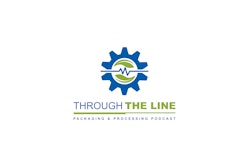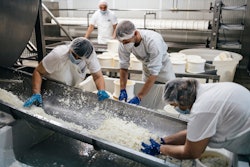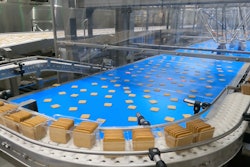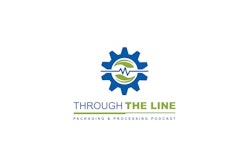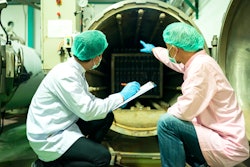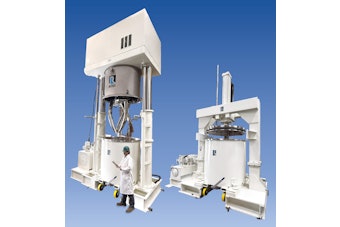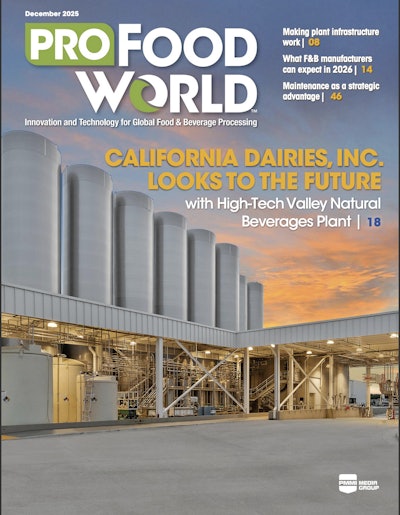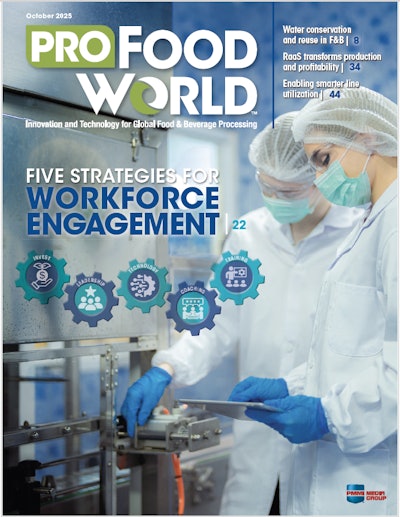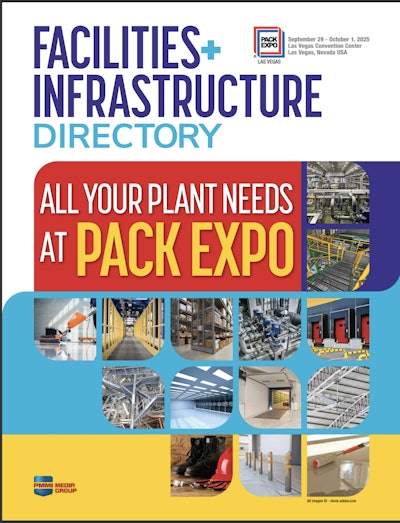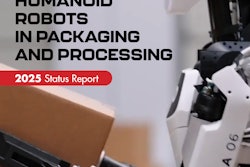Dr. Bryan Griffen is the President of Griffen Executive Solutions.
The food manufacturing industry is undergoing a seismic shift as seasoned professionals approach retirement, taking with them decades of expertise that cannot easily be replaced. At the same time, the next generation of workers is stepping into increasingly complex roles, requiring both technical proficiency and business acumen to succeed. Bridging this gap has become a pressing challenge, as the risk of losing institutional and tribal knowledge grows more acute.
Knowledge transfer is not simply a matter of convenience—it is a critical strategy for maintaining operational continuity, meeting client expectations, and driving innovation. Yet, it is a challenge that comes with its own set of hurdles, particularly when experienced employees resist sharing what they know due to fears of becoming obsolete. This article explores the risks of failing to transfer knowledge, practical strategies to facilitate it, and a real-world case study of a company navigating these challenges.
The high stakes of knowledge transfer
The potential fallout from insufficient knowledge transfer can be devastating. Operations that rely on seasoned professionals to maintain complex systems or manage legacy accounts risk significant downtime and inefficiency if those individuals leave without passing on their expertise. For food manufacturing companies with long-standing client relationships, the stakes are even higher. Losing the nuanced understanding of why certain solutions are in place or how to migrate aging systems to newer versions can erode customer trust and satisfaction.
Beyond operational risks, there are cultural and interpersonal dynamics at play. Employees with decades of experience may view their specialized knowledge as a safeguard against obsolescence. They fear that if their expertise is shared, their role within the organization will diminish, leaving them vulnerable to layoffs or irrelevance. Additionally, the pride they take in mastering systems and processes that others find challenging can make them reluctant to relinquish control.
In some cases, seasoned employees worry that younger workers lack the business acumen or interpersonal skills required to handle accounts effectively. This perceived gap in soft skills can reinforce resistance, creating a bottleneck that prevents the seamless transfer of knowledge.
Strategies for effective knowledge transfer
Recognizing and addressing these challenges requires a multifaceted approach. Companies must not only implement systems and programs that facilitate knowledge transfer but also create an environment where all employees feel valued and supported.
1. Mentorship Programs
Pairing senior employees with junior staff is one of the most effective ways to facilitate knowledge transfer. However, mentorship must be a two-way street to ensure mutual benefit. Senior employees can share their expertise on legacy systems, account management, and customer relationships, while junior employees can introduce their mentors to new technologies, IT security practices, and modern workflows.
One company successfully implemented such a program by closely tracking mentorships through HR and upper management. These mentorships are structured to ensure information flows both ways, creating a win-win scenario where both senior and junior employees gain valuable skills. This collaborative approach helps dismantle fears of irrelevance while equipping the next generation with the tools they need to succeed.
2. Digital Documentation
Knowledge that lives solely in the minds of a few employees is inherently vulnerable. Creating a centralized knowledge repository, complete with video tutorials, annotated diagrams, and step-by-step guides, ensures that critical information is preserved and accessible. For legacy systems that may have been in operation for many years, documenting idiosyncrasies and unique configurations is vital to maintaining long-term operational stability.
However, simply creating documentation is not enough. Companies must implement processes to regularly review and update this information to reflect changes in technology and practices. Training employees on how to access and contribute to the repository is also key to its success.
3. Modern Training Technologies
Advances in technology, such as augmented reality (AR) and virtual reality (VR), offer immersive training experiences that can bridge the gap between hands-on learning and theoretical instruction. These tools are particularly effective for complex tasks that require a deep understanding of equipment or processes.
For example, AR overlays can guide employees through equipment maintenance step-by-step, while VR simulations allow them to practice scenarios in a risk-free environment. Combining these tools with e-learning platforms ensures that training is accessible and flexible, catering to diverse learning styles and schedules.
Real-world case study: bridging the gap with mutual mentorship
A midsized engineering software and services company in the food manufacturing industry recently faced this challenge head-on. With more than 25 years of experience, the company relies on its seasoned staff to maintain legacy systems for long-standing clients. These systems, some of which utilize technologies and equipment that are obsolete, require a deep understanding of their intricacies and the rationale behind their implementation. At the same time, the company is preparing to transition clients to newer solutions, which demands familiarity with modern technologies.
Senior employees, however, were hesitant to share their expertise. Their concerns ranged from fears of obsolescence to doubts about whether younger staff could manage client accounts effectively. Recognizing these challenges, the company launched a mentorship program with a unique twist: mentorship flowed in both directions.
Senior employees train junior staff on legacy systems, account management, and client-specific nuances. In return, junior employees have introduced their mentors to emerging technologies, cybersecurity best practices, and modern tools that could streamline workflows. The program is being closely monitored by HR and upper management to ensure accountability and mutual benefit.
In addition to the mentorship program, the company has implemented regular learning sessions where employees are encouraged to present relevant topics to their peers. This initiative fosters a culture of collaboration and continuous learning, breaking down silos, and encouraging information sharing.
While the program is still in its early stages, the results have been promising. Collaboration has improved, and senior employees are beginning to embrace new responsibilities related to modern technologies. Employee satisfaction is on the rise, and while resistance persists among a small minority, the overall feedback has been overwhelmingly positive.
Conclusion
The process of passing down knowledge from retiring experts to the next generation is both a challenge and an opportunity. By implementing mentorship programs, creating robust digital documentation and leveraging modern training technologies, companies can ensure the continuity of institutional knowledge while empowering their workforce.
As the food manufacturing industry continues to evolve, the ability to navigate these transitions will determine which companies thrive and which struggle to keep pace. For organizations willing to invest in people and processes, the rewards are clear: a more agile, collaborative, and resilient workforce ready to meet the demands of the future.




